11 Things You Need to Know About Preventing Hantavirus
Hantavirus, a name that sends shivers down the spine of many homeowners, is a viral infection primarily spread by rodents. This virus, although rare, can lead to severe respiratory problems and even death. Understanding and preventing hantavirus is crucial for anyone living in areas where rodents are prevalent. This article delves into 11 essential secrets every savvy homeowner must master to prevent hantavirus. Each section will guide you through a specific aspect of prevention, from understanding the virus itself to implementing practical measures to keep your home safe. By the end of this journey, you'll be equipped with the knowledge and tools necessary to protect your home and family from this potentially deadly virus.
1. Understanding Hantavirus Transmission
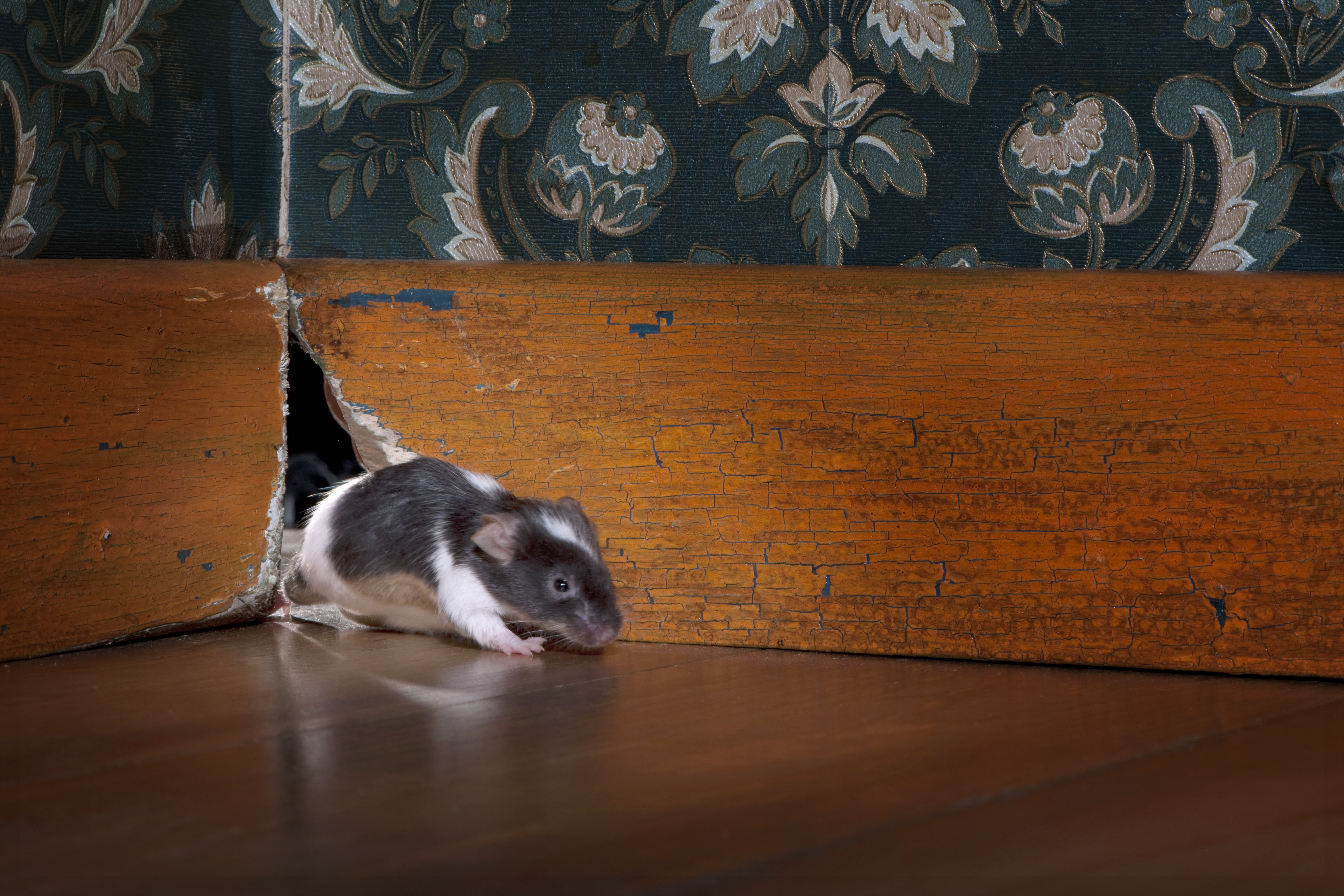
Knowing your enemy is the first step to defeating it. Hantavirus primarily spreads when people inhale airborne particles contaminated by the droppings, urine, or saliva of infected rodents – commonly deer mice, white-footed mice, and cotton rats. These rodents often seek food and shelter inside homes, sheds, or garages, leaving behind infectious traces. Disturbing these contaminated materials, perhaps through sweeping or vacuuming, can release the virus into the air. Understanding this airborne transmission route and recognizing environments that attract rodents allows homeowners to take targeted, proactive steps toward prevention.
2. Identifying High-Risk Areas in Your Home
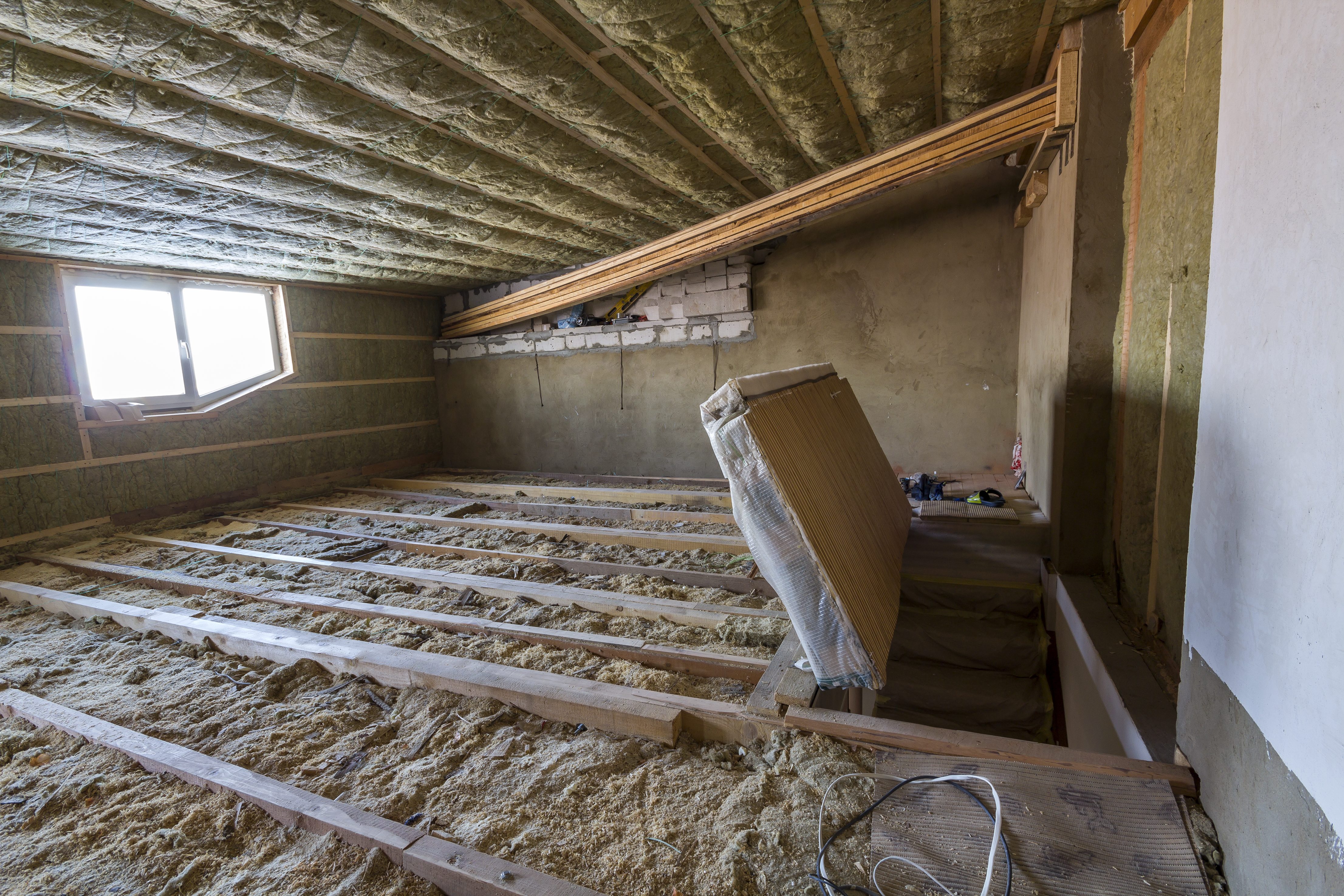
Rodents prefer quiet, undisturbed areas, making certain spots in your home prime real estate for infestation and potential hantavirus exposure. Common hotspots include basements, attics, crawl spaces, garages, sheds, and cluttered storage areas where nesting materials and hiding places abound. Conduct a thorough inspection, looking for tell-tale signs like droppings, gnaw marks on wood or wiring, nests made of shredded paper or insulation, and tracks in dusty areas. Identifying these high-risk zones and understanding what attracts rodents to them enables you to take specific actions to fortify your home.
3. Effective Rodent-Proofing Techniques
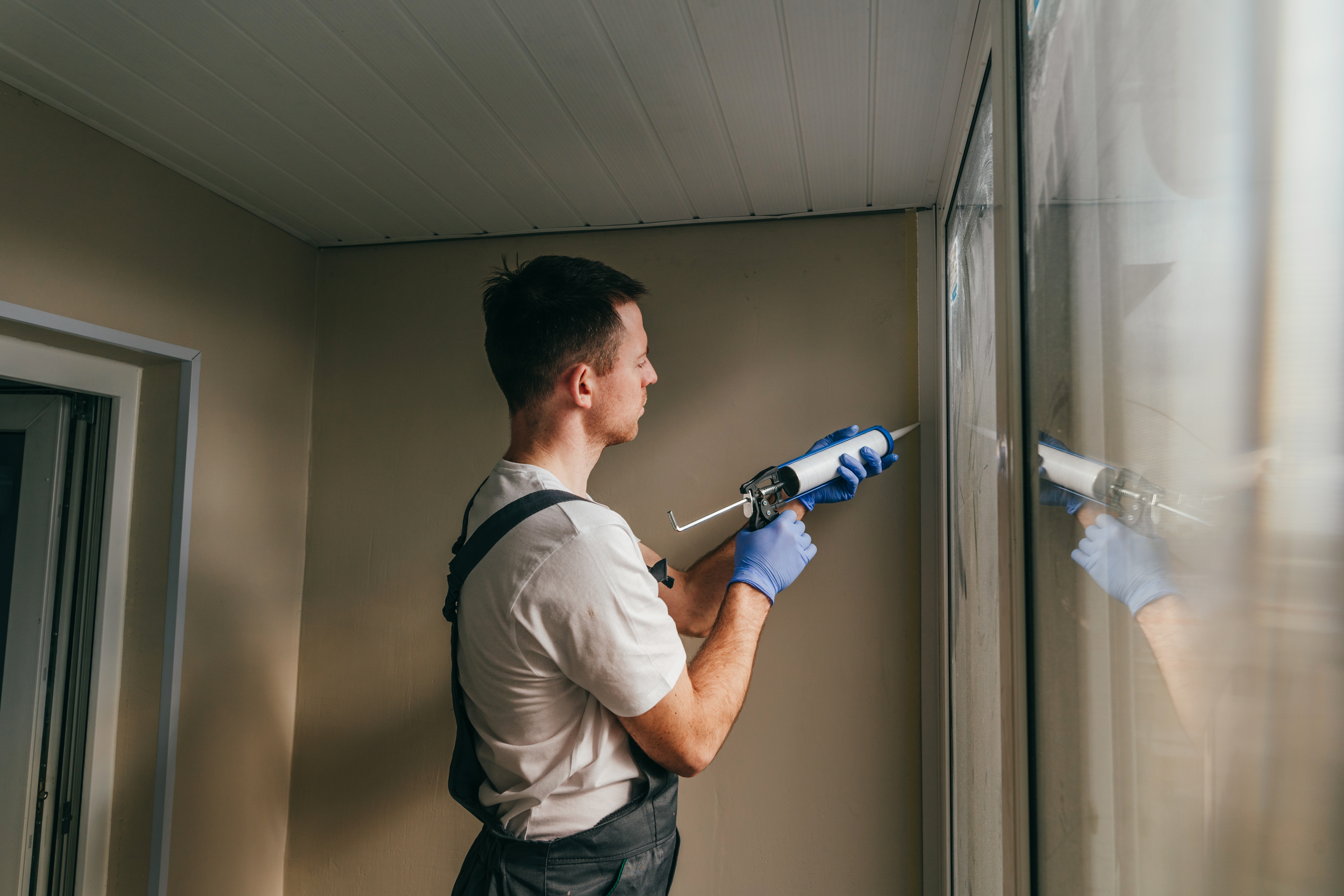
Creating a physical barrier is critical to keeping rodents out. Seal any cracks, gaps, or holes larger than a quarter-inch in your foundation, walls, and around utility entry points using durable materials like steel wool (which they can't chew through), caulk, sheet metal, or cement mortar. Ensure doors and windows seal tightly. Equally important is eliminating potential nesting sites and easy navigation indoors; maintain a clean, clutter-free environment, especially in storage areas, basements, and garages, removing piles of debris or boxes that offer rodents comfortable hiding spots.
4. Safe Cleaning Practices to Prevent Hantavirus
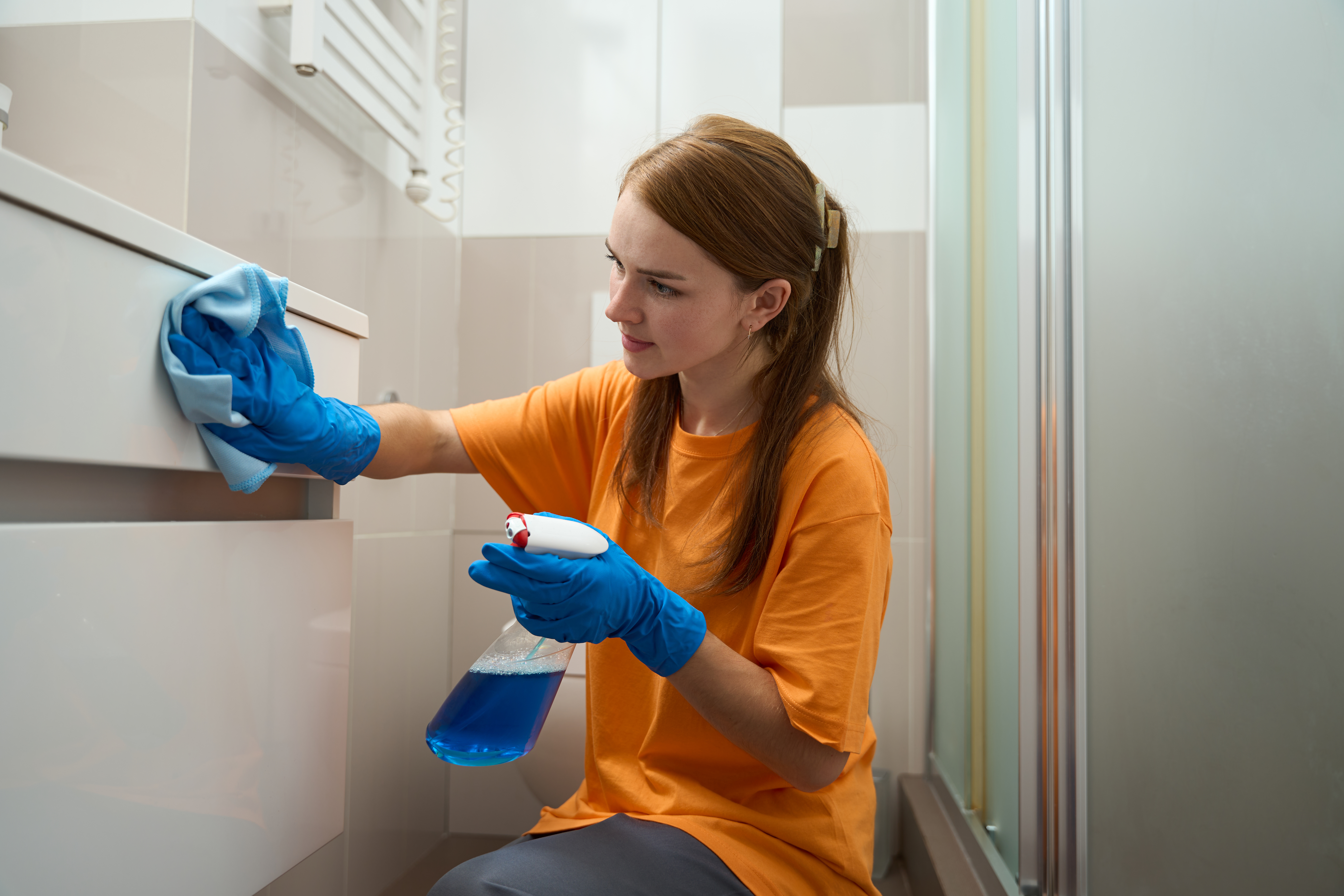
If you find rodent droppings or nests, cleaning them requires extreme caution to avoid aerosolizing the virus. Never sweep or vacuum dry droppings. Always wear rubber or plastic gloves and a respirator mask (like an N95). First, thoroughly wet the contaminated area with a bleach solution (1 part bleach to 9 parts water) or another appropriate disinfectant, letting it soak for at least 5-10 minutes. Then, use paper towels to wipe up the waste, seal it in a plastic bag, and dispose of it immediately in an outdoor trash container. Disinfect gloves before removing them, and wash hands thoroughly afterwards.
5. The Role of Pest Control Professionals
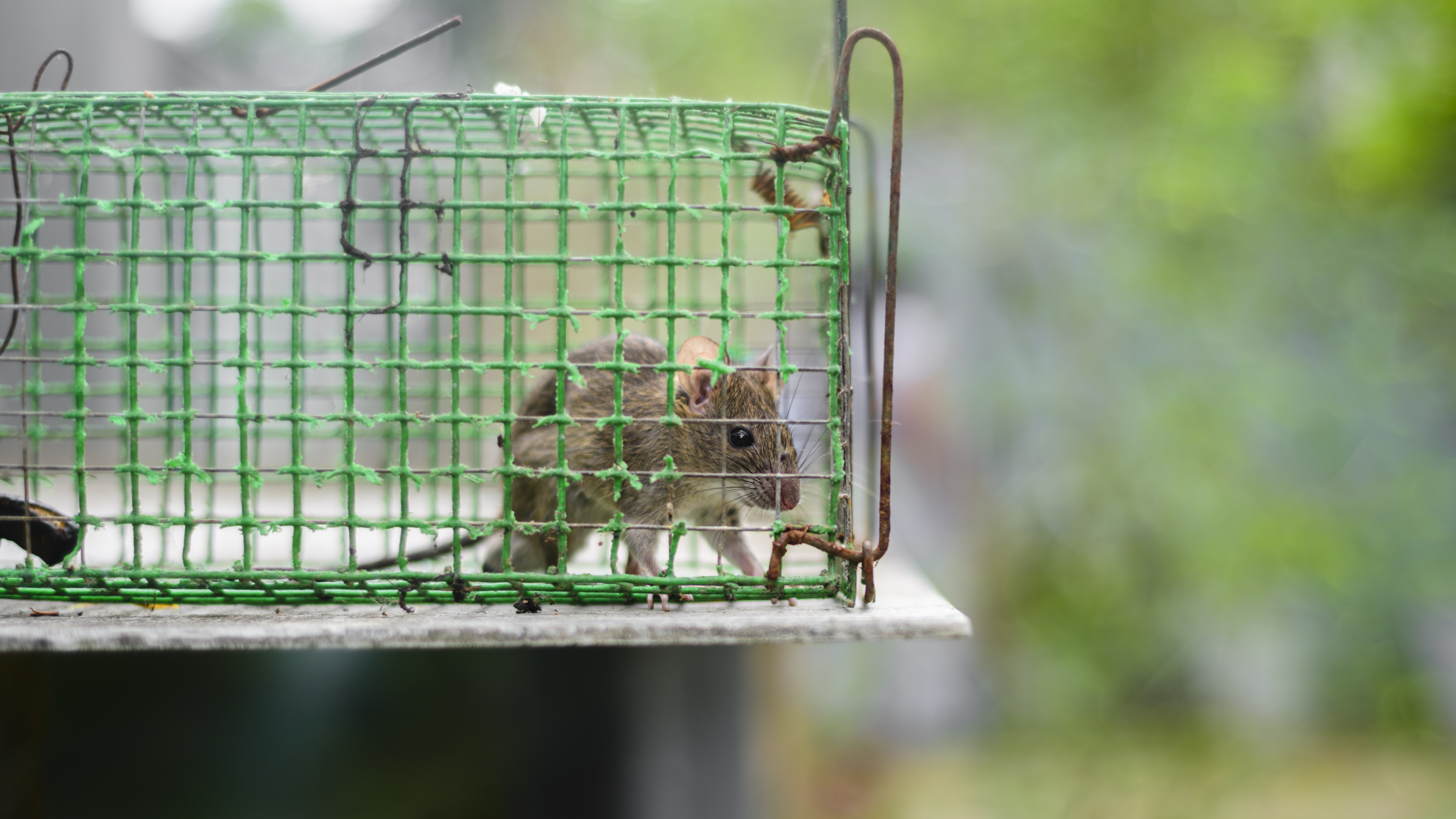
While DIY prevention is crucial, significant or persistent rodent infestations often require professional help. Pest control experts possess the knowledge and tools to identify rodent species, locate hidden entry points you might miss, and determine the extent of an infestation. They can implement more comprehensive trapping or baiting strategies safely and advise on underlying issues attracting rodents, such as structural vulnerabilities or nearby environmental factors. Choosing a reputable company experienced with local rodent species and associated health risks like hantavirus ensures the problem is handled effectively and safely.
6. Landscaping Tips to Deter Rodents
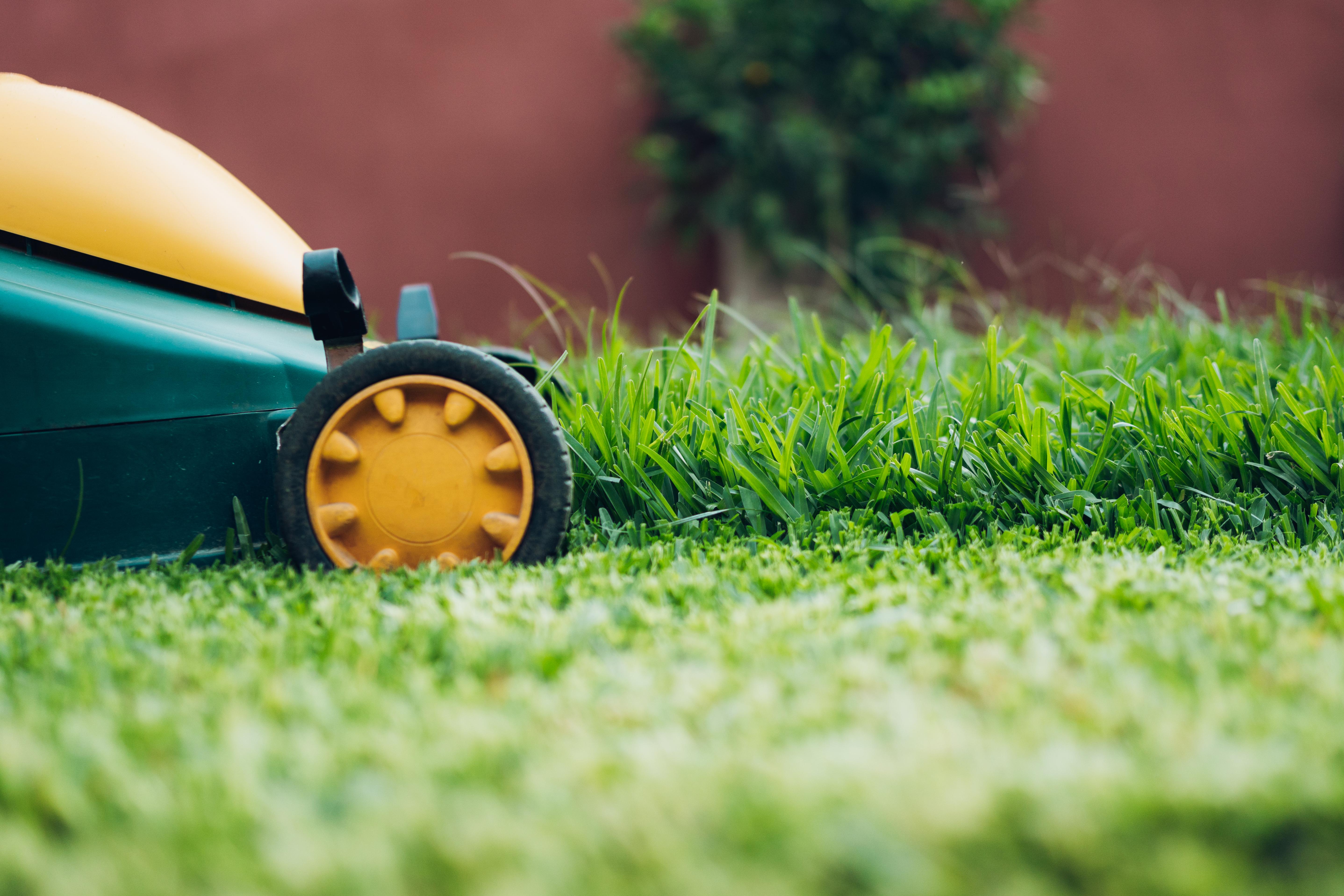
Your home's exterior landscaping acts as the first line of defense against rodents. Keep your yard tidy by trimming grass short, pruning shrubs and tree branches back at least three feet from the house foundation, and removing piles of wood, debris, or dense ground cover near the home which provide shelter. Store firewood off the ground and away from the house. Consider placing gravel or a vegetation-free barrier around the foundation. While less proven, some homeowners also try natural deterrents like planting mint or using predator urine granules around the perimeter.
7. Storing Food Safely to Prevent Rodent Attraction

Easy access to food is a primary invitation for rodents. Secure all potential food sources to make your home less appealing. Store human food, including dry goods like grains and cereals, in airtight containers made of glass, metal, or heavy-duty plastic – rodents can easily chew through cardboard or thin plastic bags. Regularly clean pantries, cupboards, and under appliances to remove crumbs and spills. Secure trash cans with tight-fitting lids, both indoors and outdoors. Don’t forget pet food; store it in sealed containers and avoid leaving pet bowls full overnight.
8. Educating Your Family About Hantavirus

Ensuring everyone in the household understands the risks and prevention strategies is key to collective safety. Talk to your family about why it’s important not to disturb rodents or their nests and to report any sightings immediately. Teach children, in age-appropriate ways, not to play near potential rodent habitats like woodpiles or abandoned sheds and the importance of handwashing. Open communication ensures everyone is aware of safe cleaning procedures (like not sweeping droppings) and understands the need to keep food secured and clutter minimized, fostering shared responsibility for a safe home.
9. Monitoring and Maintenance for Long-Term Prevention

Keeping your home rodent-free and safe from hantavirus isn't a one-time task; it demands ongoing vigilance. Regularly inspect your home's interior and exterior for signs of rodent activity or new potential entry points, paying close attention during seasonal changes when rodents might seek shelter. Maintain landscaping, check seals around pipes and vents, and ensure food and trash remain secured. Stay alert for droppings or gnaw marks. Consistent monitoring allows you to catch potential issues early and adapt your prevention strategies before a serious infestation occurs.
10. Understanding Hantavirus Symptoms and When to Seek Help

Even with diligent prevention, knowing the signs of Hantavirus Pulmonary Syndrome (HPS) is crucial. Early symptoms often resemble the flu: fever, chills, muscle aches (especially in large muscles like thighs, hips, back), headache, dizziness, and fatigue, sometimes accompanied by nausea or vomiting. Critically, respiratory distress – coughing and shortness of breath – typically develops 4-10 days later and can rapidly become severe. If you experience these symptoms after potential rodent exposure, seek immediate medical attention. Early diagnosis and supportive care in a hospital are vital for improving outcomes.
11. The Importance of Community Awareness and Involvement

Hantavirus prevention extends beyond your own property line. Rodent populations can thrive in community spaces, abandoned lots, or neighboring properties, impacting everyone. Community awareness and collective action play a vital role. Supporting neighborhood clean-up initiatives, ensuring proper community waste management, participating in educational workshops, and sharing prevention information with neighbors can significantly reduce overall rodent presence and hantavirus risk for the entire area. A safer community requires shared responsibility and proactive engagement from all residents.
Protect Your Home, Protect Your Health

As we conclude this comprehensive exploration of hantavirus prevention, it's clear that protecting your home and family requires a multifaceted approach. By understanding the virus, implementing effective prevention measures, and fostering a culture of awareness and responsibility, homeowners can significantly reduce the risk of hantavirus. This article has provided you with the knowledge and tools needed to take action and safeguard your home. Now, it's up to you to put these strategies into practice and encourage others to do the same. Together, we can create a safer, healthier environment for ourselves and our communities.
